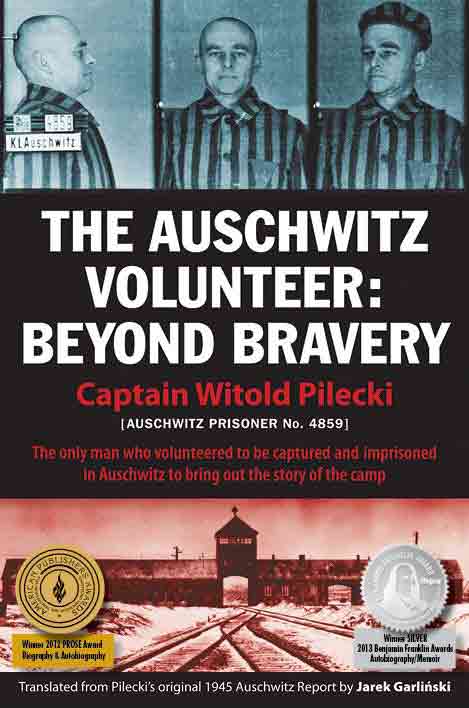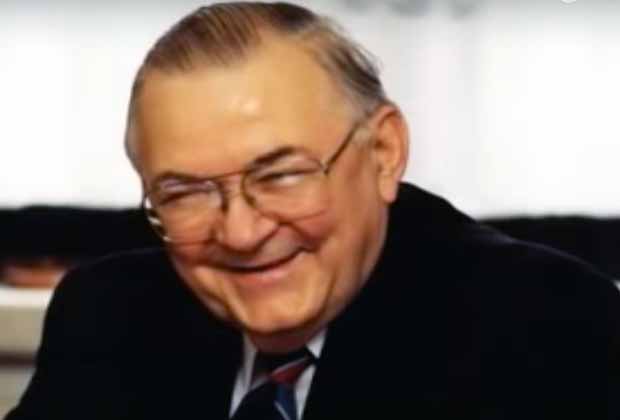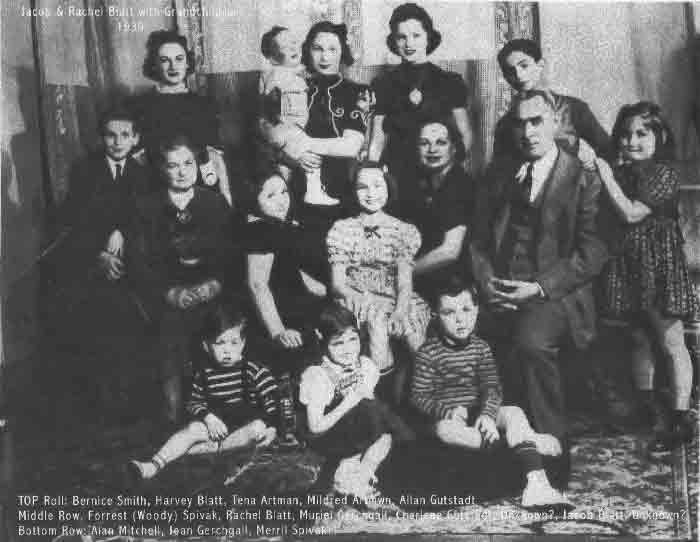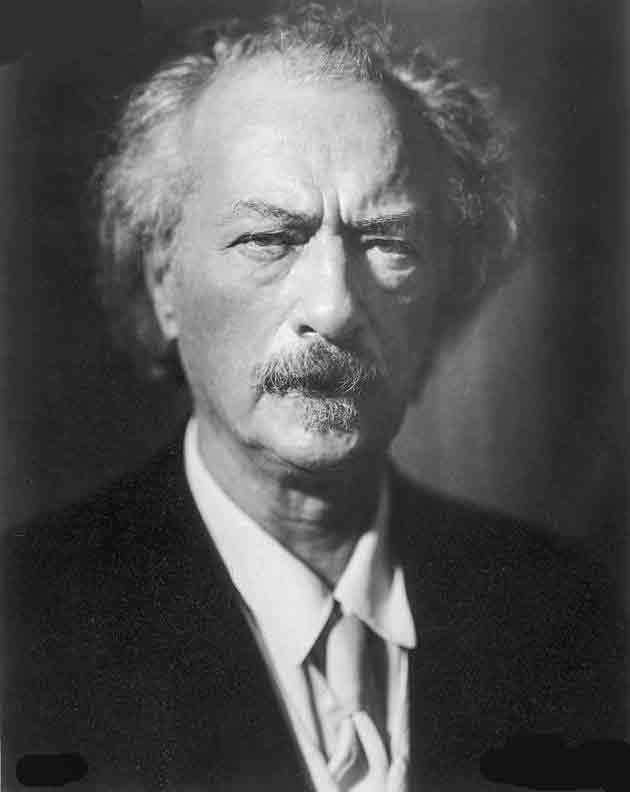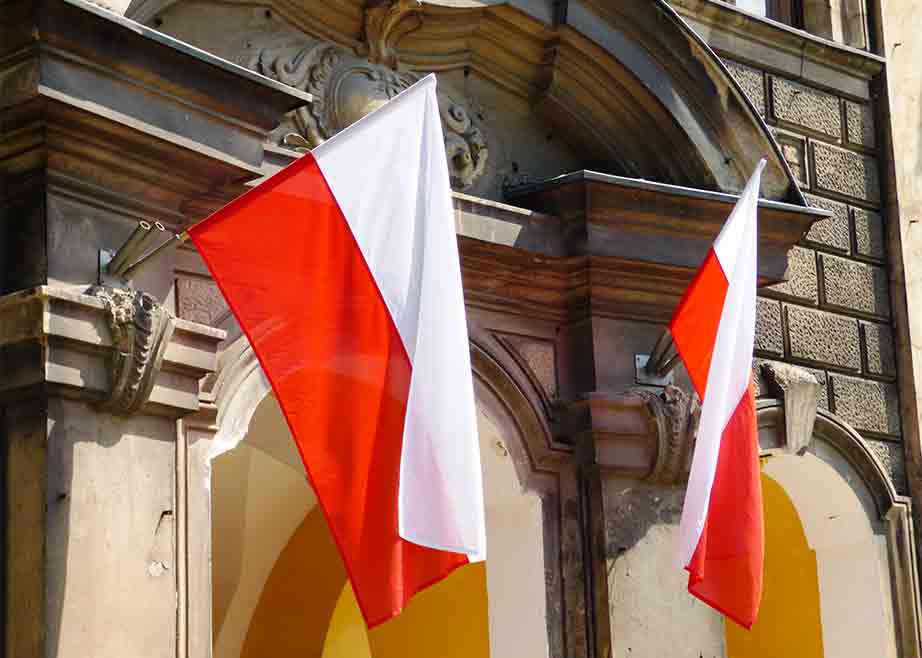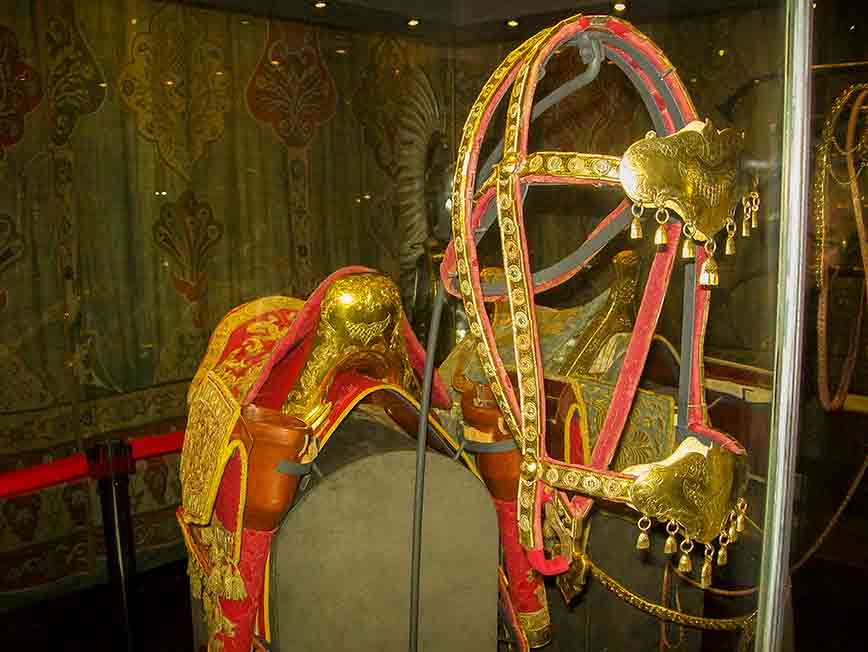The recently celebrated 100th anniversary of the victory over Bolshevik Russia in 1920, among others, became an opportunity to recall the extraordinary history of the Kościuszko Squadron, created in 1919 by American airmen fighting alongside Poles in the war with the Bolsheviks.
Read more...A Japanese edition of The Auschwitz Volunteer: Beyond Bravery by Captain Witold Pilecki is now available. Japanese-language rights were acquired by Misuzu Shobo Publishers in Tokyo, from Aquila Polonica Publishing, Los Angeles. Aquila Polonica was represented in the transaction by Eriko Takeuchi of Japan UNI.
Read more...The American Polonia has repeatedly contributed to the defense of Polish sovereignty and has made a huge contribution to the reconstruction of the Polish state. From 1910, she worked at various conferences on a memorial on the creation of the Polish state, so that after Jan Ignacy Paderewski's arrival in the USA, she joined her efforts and presented them to President Wilson. She sent to Poland and financed the modern, well-trained and armed Blue Army. She started financial aid for Poland, which continues to this day. (according to the World Bank, about $ 900 million annually).
Read more...I confess there’s much that I have in common with Masha Gessen, Barbara Engelking, and Jan Grabowski. We’re all middle-aged Jews, who by accident of birth in the post war era escaped the horrors of the Second World War experience. Additionally, our families originated from much of the same locales in Eastern Europe. My Dad’s people hailed from Lwow and Premysl in what was once the Austrian partition of the first Polish Commonwealth. On my mother’s side, I grew up hearing stories from both my Babcza and Great Babcza of life in a Russified Ukraine in the years before the 1917 revolution that ended Tsarist rule and brought Lenin and his gang to power over the expanse of Holy Russia.
Read more...Once again, we are starting to see more about the importance of the NATO Alliance in our media. Perhaps, Poland’s place in the Alliance will also get some positive attention. We shall see! But just what is NATO? And how did Poland become a member?
Read more...There is a Polish hero, a "cursed soldier", buried in one of the cemeteries in Milwaukee, and his name is Edmund Banasikowski. Colonel of the Polish Army, commander of the subversive group "Wachlarz", Deputy in the F Inspectorate of the Vilnius District of the Home Army. In the spring of 1945, he was arrested by the NKVD. He managed to escape from prison and make his way to Warsaw. In view of the growing Soviet terror and repression against former Home Army soldiers, he decided to leave the country. In the spring of 1946 he moved to Sweden, and in 1951 he left for the United States, where he settled permanently in Milwaukee.
Read more...The indomitable soldiers are, in other words, the Polish post–war independence- and anti–communist underground. It was a partisan movement of a kind, resisting the sovietization of Poland. They fought a fight against the security apparatus of the USSR and the services subordinated to them in Poland.
Read more..."Polonia Christiana" published (June 4, 2019) an interview by Tadeusz Kolanek with Dr. Teodor Gąsiorowski, entitled How the myth of Haller's Blue Army was killed. It is very good that we return to the figure of the great Pole and the great commander, General Józef Haller, and recall the Blue Army. It is a pity that, at the same time, the same text is part of the plot to kill the memory of, the destruction and concealment of the figure of another great Pole, Ignacy Paderewski. His name is never mentioned in this interview, which is a poignant "abandonment" — hard to believe, and impossible to justify. I will focus here on the "Paderewski Case" - and rather than on Paderewski's "myth", on the truth about Paderewski.
Read more...Sometimes, in order to better understand the situation in which the American Polonia found itself after 1989, it is worth analyzing how the relations between the Polish State and the Polish community developed after Poland regained independence in 1918. Reliable research by several independent teams of scientists, and a political will, are needed in this matter.
Read more...We, the undersigned representatives of Polonia, concerned by the latest news about the Orchard Lake Schools posted in American newspapers and on television, are asking you about the current state and future plans for the three organizations under the Polish Mission directions: Galeria, Museums, and The Central Archives of Polonia.
Read more...The first use of the bridle, i.e. a headstall with a bit, took place in 3500-3000 BC by the Botai culture inhabiting the territory of Northern Kazakhstan. This is evidenced by the local archaeological traces in the form of mechanical damage left on the bones in the toothless part of the horse's jaws. The editors of Kuryer Polski were invited to a historical lecture on the horse harness to Tarnów, where we could admire the most beautiful exhibits gathered in the local Tower.
Read more...Wojciech Materski
Although Russia has officially acknowledged the perpetration of the Katyn massacre, this truth is virtually absent from Russian historiography today. For it does not fit into the myth of the great victory of the war, any more than the Hitler-Stalin pact of 1939, the mass deportations, the enslavement of the Baltic republics, or the colossal scale of the Red Army's marauding in the final phase of the Second World War.
Read more...



